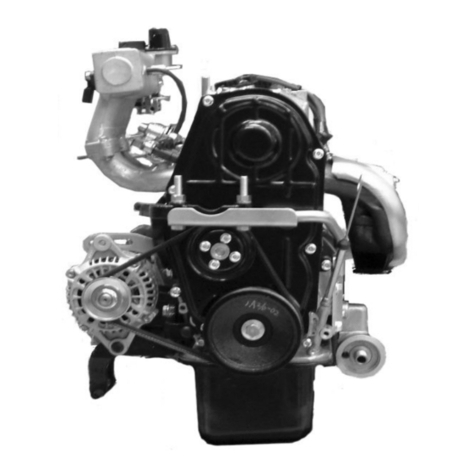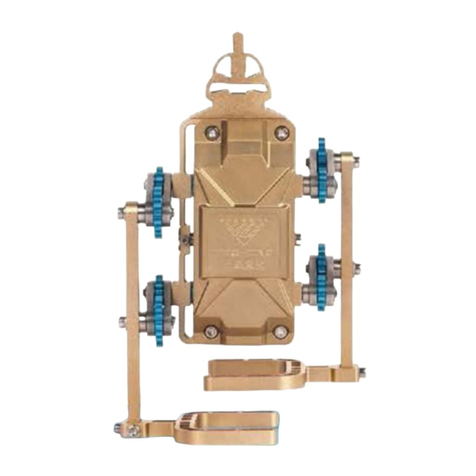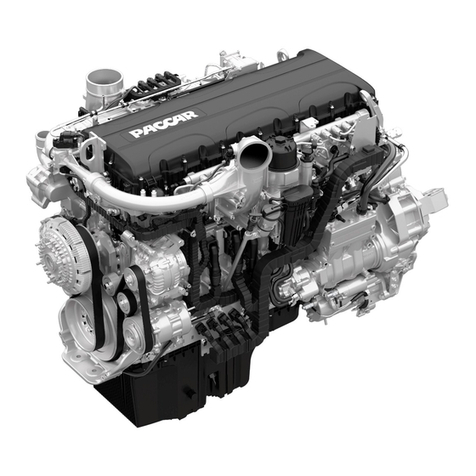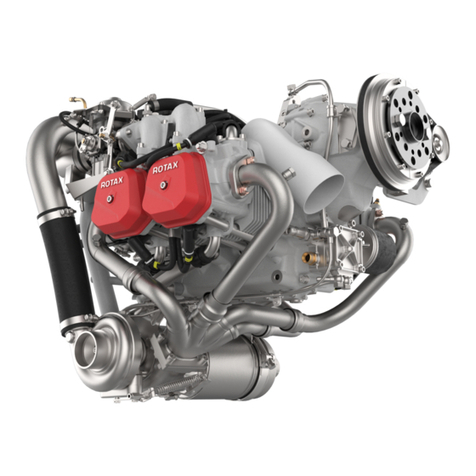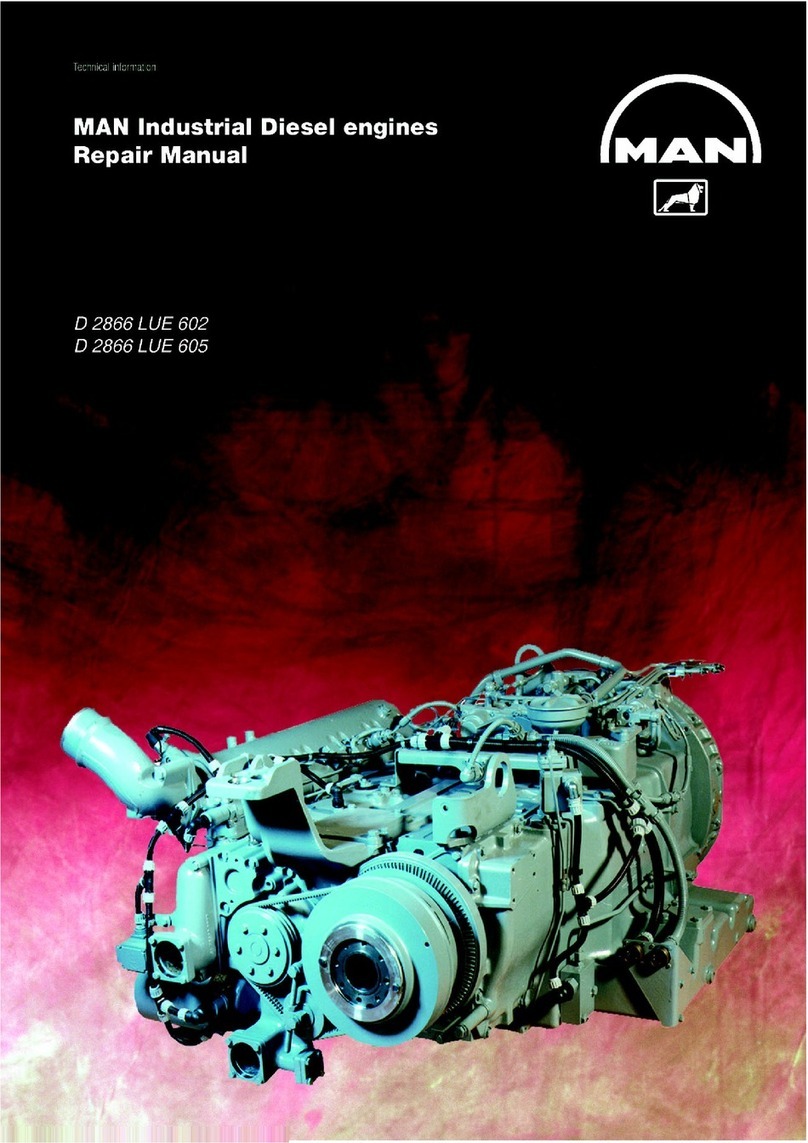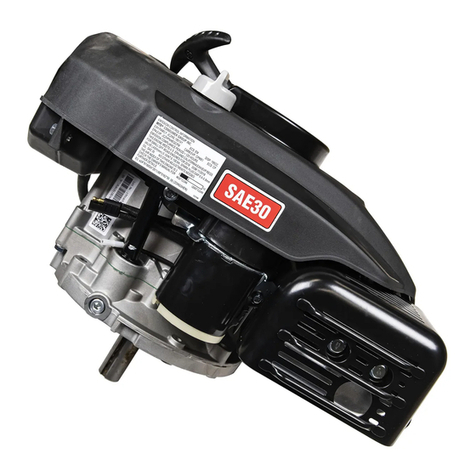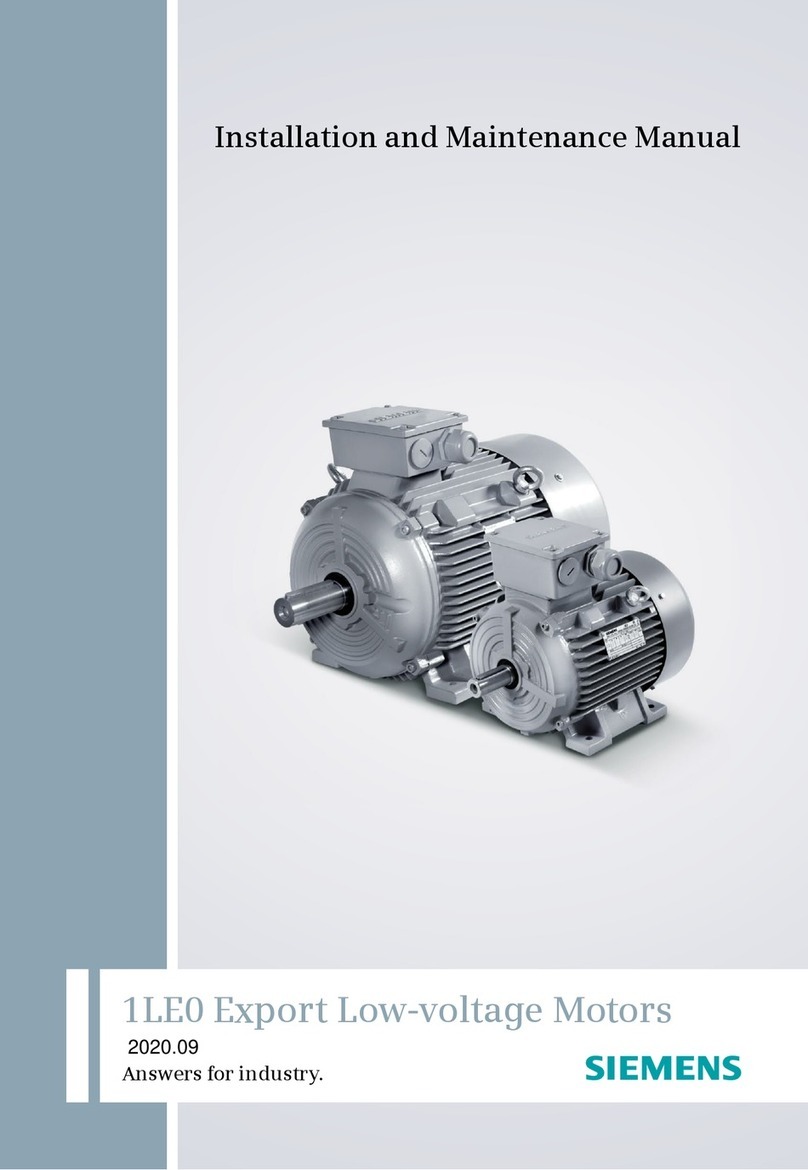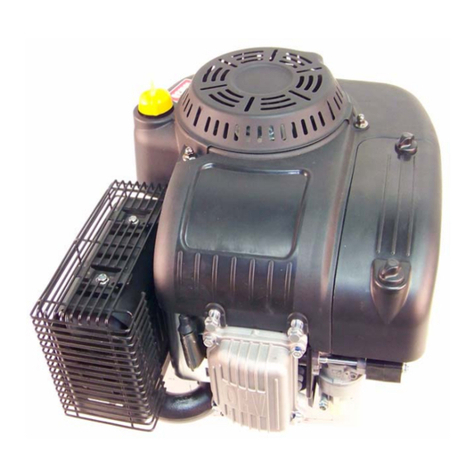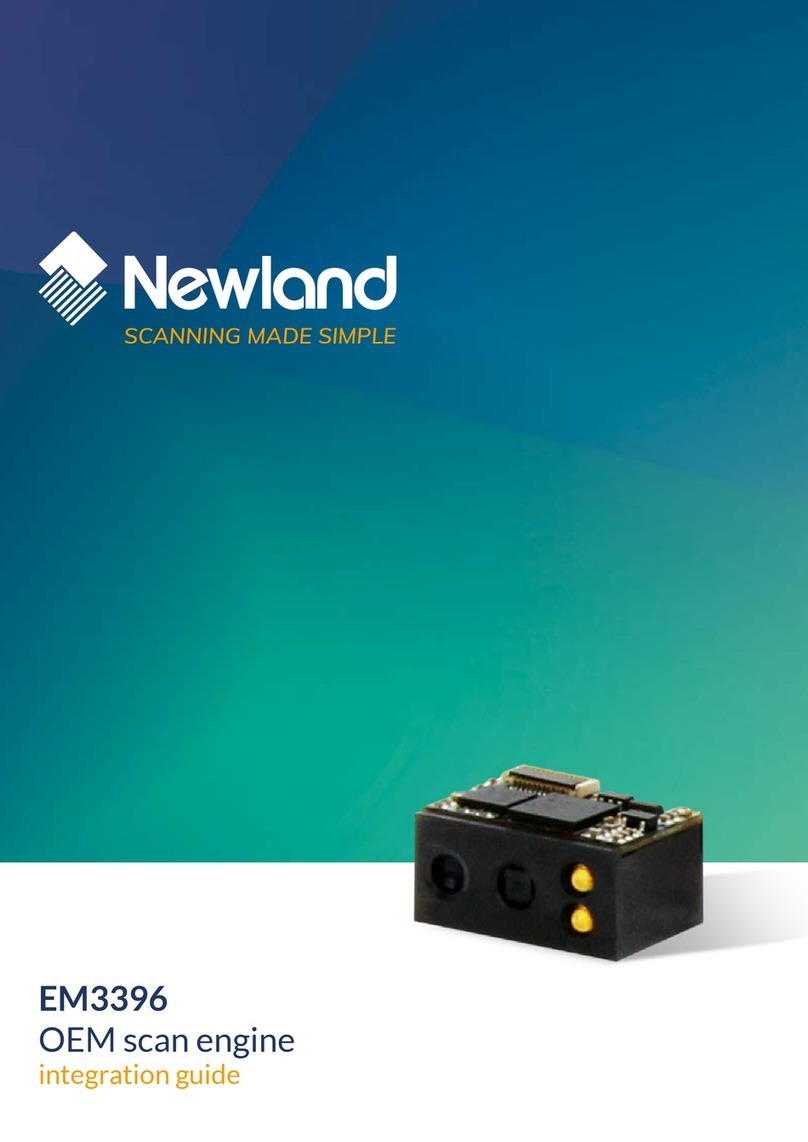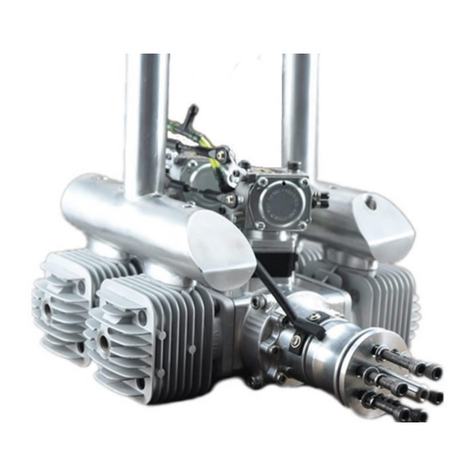Electric Yacht QuietTorque QT 20.0SD Instruction Manual

1
Electric Yacht Copyright 2012
Instructions for Installing Your Electric QuietTorque™
QT 20.0SD, QT 30SD or QT 40SD Motor System
List of Equipment Supplied:
1 - Motor Assembly
2 –Motor Controller Assembly
1 - Battery Power Switch
1 –400A Class-T Fuse and holder
2 - Relays (also commonly called a “contactor” or “solenoid”)
1 - Throttle assembly w/ key switch and attached cable (p/n 01005)
8 - #8 x ½” Phillips head screws
1 - Battery Monitor (display) w/ attached cable (p/n 01036)
2 - #6 x 1” Phillips head screws
2 - #6 x 1 ¾” Phillips head screws

2
Electric Yacht Copyright 2012
List of Tools Needed for Installation:
½” combination wrench (open and box end) or socket
9/16” combination wrench or socket
¾” combination wrench
1/8” hex wrench (Allen wrench)
3/16” hex wrench
#2 Phillips screwdriver
3” hole saw
1” drill or hole saw
5/16” drill
5/32” (0.156”) drill
Electric drill
Unpacking:
You will have received your motor kit in three cardboard cartons or in a wood
crate (some international orders). One carton will contain the main motor unit
alone. The other two will contain the electric motors, motor controllers and
smaller boxes containing the remaining components.
Unpack boxes, making sure there are no components buried in the packing
material. We only use biodegradable packing materials. However, some of our
suppliers do not. Rather than send the non-biodegradable packing materials
directly to a land fill, we reuse them, getting a second use and reducing the
amount of new material needed.
Battery Installation:
Note: It is very important to provide sufficient ventilation in your battery
compartment area. Flooded lead/acid batteries routinely give off hydrogen gas
when charging. Even AGM and GEL batteries can outgas, if overcharged. Since
hydrogen gas is lighter than air, always provide ventilation at the TOP of the
compartment. Also, provide ventilation at the bottom to help facilitate airflow.
1. Before starting, measure up your desired spaces and make sure the
batteries you wish to use will fit. Be sure to allow some space and access
above the batteries for watering and terminal cleaning.
2. Locate all the batteries and secure in place. This is usually the most time
consuming part of the installation.

3
Electric Yacht Copyright 2012
3. Connect all the batteries in a series string in a (-) to (+) configuration.
Always use a wrench with plastic coated handles when tightening battery
terminals. If one is not available, wrap the handle with electrical tape.
Batteries can produce very high currents in a short circuit situation that will
melt (weld) metal and cause serious burns (refer to wiring diagram at back
of instructions).
4. Use a volt meter and verify you have the correct voltage at the (-) and (+)
battery terminals. A fully charged 48V (nominal) battery bank will measure
50Vdc –51Vdc.
5. Run a cable from the battery (-) to area where the motor will be installed.
Traditionally, a black jacket has been used. Current ABYC standard calls
for a yellow cable jacket. If you are using two sets of batteries in parallel,
wire according to “fig “1 of the “QT 20 Wiring.pdf” drawing. If you have
one set of batteries, wire according to “fig 2” using 4/0 AWG marine grade
battery cable.
6. Install fuse(s) as close as practical to the (+) battery terminal(s). Leave
the connection to the (+) terminal of the battery disconnected for now.
Use red cable for the positive side connections.
7. Install the master power switch.
8. Make sure master power switch is off.
9. Install the relays after the power switch. Notice there is a (+A1) polarity
marking on one of the large studs. This stud should be on the battery
side. Connect the cable from the master power switch and the red
18AWG wire from the motor controller. It should be on top of the current
carrying cable. Normally, the relays are installed near the motor, but can
be anywhere between the master power switch and the motor.
10.Connect the two blue wires to the coil connections on the relays. They are
not polarity sensitive.
11.Connect a cable to the other large stud on each relay and run to the area
where the motor will be installed.
12.Route cables together, as shown in the sample connection below. This
helps minimize electrical interference to your VHF radio and minimizes
any risk of magnetic interference that could affect your compass. Long
runs may also be twisted. Do not bundle with other wiring.

4
Electric Yacht Copyright 2012

5
Electric Yacht Copyright 2012
Throttle Quadrant Installation:
1. Locate a convenient area in the cockpit. This should be a flat surface.
Often, there is already a hole where the old engine controls were. A sheet
aluminum plate can be cut to fit, in this case.
2. If you have a separate throttle and key switch, cut a 3” (80mm) hole for the
throttle and a 0.875” (23mm) hole for the key switch. If you have a throttle
with a key switch mounted, cut two 3” (80mm) holes with a 2.50” (64mm)
center spacing.
3. Put throttle and/or key switch in place and mark the screw holes.
4. Drill holes for the desired screws and secure in place. #8 x ½” screws are
supplied. Use a sealant around the flange of the throttle quadrant to make
it water tight. The screws can be sheet metal screws or machine screws
and nuts. They should be stainless steel.
5. Run the cable(s) to the area where the electric engine will be installed and
secure in place.
Battery Monitor Installation:
1. Find a location in the cockpit to install the Battery Monitor. This should be
a flat surface with good visibility from the normal steering position.
2. Use Fig. 1 to determine hole placement for mounting.
3. Drill the appropriate holes.
4. Apply sealant around the holes and drive in provided screws from the
back side. Use the shortest screws that will work.
5. Run the cable to the engine area and secure.

6
Electric Yacht Copyright 2012
Electric Engine Installation:
1. Construct a platform as shown in Figure 1 around a 9” hole cut through
hull.
2. Place saildrive unit into position and mark holes. There are 8 holes on a
12” circle. They are drilled for 3/8” (M10) bolts or lag screws. The motors
should not be mounted on the saildrive yet.
3. Remove saildrive and drill pilot holes.
4. Re-install saildrive assembly and seal with a good marine sealant, such as
3M 5200. Allow to cure.
5. Install the motors on the saildrive. The belts should be tensioned such
that there is less than ¼” deflection between pulleys with moderate finger
pressure.
6. Remove plug above mounting plate and fill with ATF (approx. 2L). Put
pipe dope on plug and install tightly.

7
Electric Yacht Copyright 2012
7. Install the motor controllers close enough to the saildrive for the cables to
reach. Connect the power cables (M1, M2 and M3) to the terminals on the
motor controllers labeled M1, M2 and M3. Connect the encoder cable.
Make sure the motor labeled “1” is connected to the controller labeled “1”
and the motor labeled “2” is connected to the controller labeled “2”.
8. Connect a yellow (-) cable to the (B-) terminal on each controller. There
will also be one or two smaller black wires with 5/16” terminals. Put these
on top of the batter cable terminal and secure with the supplied bolt.
9. Connect the red (+) cable from the relay with the 18AWG red wire to the
(B+) terminal on the controller with the grey controller module mounted
with it.
10.Connect the red (+) cable from the other relay to the (+) terminal on the
other motor controller. MAKE SURE THIS POLARITY IS CORRECT.
Reconnect the cable between the (+) battery terminal and the fuse.
11.Connect the Throttle Quadrant cable and Battery Monitor cable. They
secure with a twist and are waterproof. The display connector has 8 pins.
The throttle has 6 pins. They also have an alignment post. Make sure to
connect the correct connectors together and rotate until the alignment post
is aligned. Do not force them together. They go together easily when
properly aligned. Rotate the locking collar clockwise to secure.

8
Electric Yacht Copyright 2012
Initial Check Out:
1. With the key switch in the “OFF” position (it can be removed in this
position), turn on the Master Power switch. The display should emit a
beeping sound.
2. Connect a volt meter between the (-) terminal on the motor controller and
the (+) terminal on the relay. Verify correct voltage and polarity.
3. The Battery Monitor should be on and say “KEY OFF” in small text at the
bottom left corner of the display area.
4. Press and hold the left arrow and right arrow buttons on the battery
monitor (display) about 10 seconds until the display changes to show
battery type. You are now in programming mode. Press the “ESC” key at
anytime to exit programming mode and return to normal operation. The
“light bulb” key sets the backlight brightness for night time use.
5. Use the left or right arrow to choose your battery type. Press the “ENTER”
key.

9
Electric Yacht Copyright 2012
6. Use the left and right arrows to choose the nominal battery voltage. In
most cases, this will be 48V. Press the “ENTER” key.
7. Use the left and right arrow keys to select the amp-hour capacity of your
battery. Press the “ENTER” key.
8. Turn the key switch on. A “click” should be heard as the power relay is
energized. With the boat securely tied to a dock, or in an area of open
water, slowly advance the throttle. Use the right or left arrow to advance
the number on the screen until there is propeller rotation. If the propeller
is driving the boat forward (ahead) direction, slowly advance the throttle to
full and slowly advance the number on the screen until the motor does not
increase in speed with further advance. If the propeller is rotating is
driving the boat in the reverse (astearn) direction, press the other direction
key to move the number through zero. Move the throttle fully ahead and
advance the number until no further increase in motor speed occurs.
Press the “ENTER” key.

10
Electric Yacht Copyright 2012
Note: If operating out of the water, the motor will spin up to full
speed at low power settings. This is normal. Final adjustments must
be made in the water.
9. Press the “ENTER” key again. The next setting is regeneration. On the
left is the regeneration relative value. The range is 0 to 100 in increments
of 5. If you wish to allow the propeller to free wheel, set it to 0. If you wish
to have the propeller rotate as slowly as possible, set it to 100. There will
be very minimal rotation at this setting. In most cases, an initial setting
should be established. A number between 20 and 30 is a good starting
point. This value will be fine tuned later. Press “ENTER” again. Several
numbers will be shown briefly. Then, you will be returned to the normal
operating screens and the settings will have been saved.

11
Electric Yacht Copyright 2012
10.Secure the covers as shown below.

12
Electric Yacht Copyright 2012
Open Water Checkout:
1. In protected water with light to no wind and minimal wave action, slowly
advance the throttle to full throttle and let the boat accelerate until running
at a constant speed.
2. Observe the battery current.
a. If it is at least 350A, you have a good match between your
reduction ratio and your propeller.
b. If it is less than 350A and the motor speed is over 2900RPM
(ME1012 motors or ME1114) or less then 350A and over 1900RPM
(ME0913B motors or ME1115), you have a little too much
reduction. As long as you are getting adequate performance, this is
fine. If not, you will need to replace the top pullies with the next
larger size. Contact us and we will supply.
c. If the maximum motor speed is less than 2700 RPM (ME1012
motors or ME1114 motors) or 1750 RPM (ME0913B motors or
ME1115 motors), you don’t have enough reduction. This condition
will result in slightly reduced efficiency. It is not harmful, but it is a
recommended to replace the upper pullies with a smaller size.
3. Check the reverse performance. Due to differences in propeller efficiency
between forward and reverse, the current draw will likely be different.
4. If significant vibration is observed, loosen the top nuts securing the aft
mounting L-brackets to the jack screws. Gently bump the motor from side
to side and make adjustments to the jackscrew heights until vibration is
minimized. This should be done with the boat underway to avoid
excessive turbulence that can occur with the boat tied up. Some vibration
is normal. The electric motor is much lighter than a diesel/gas engine.
Therefore, any vibration due to turbulence, a slightly bent shaft, propeller
out of balance, etc will show up as vibration of the motor. Once vibration
is minimized, tighten the ½” nuts securing the front mounting feet to their
L-bracket. This should eliminate any significant vibration.
5. Install the cover and tighten the screws that secure it to the motor frame.
The motor system is now ready to operate.
State of Charge (SOC) Alarms:
The display will emit a beeping sound when the battery SOC reaches 50%, 20%,
10% and 5%. At 5% it will continue to beep until all power is depleted or the
motor is turned off. At the other percentages, it will beep at 10 second intervals
for 1 minute.

13
Electric Yacht Copyright 2012
Usage Guidelines:
1. Take your time. Without the noise of the old engine, it is more enjoyable
to cruise under power. Running at a slower speed will increase range and
battery life.
2. On light air days, dial in a few amps of current to keep the boat moving
through dead spots.
3. Plan ahead. Minimize motor usage if you might need to make a long
cruise home under power.
4. To maximize battery life, don’t discharge below 50% on a regular basis. If
you need to use more, recharge as soon as possible. Never leave
batteries in a discharged state for a long period of time.
5. Always turn off the Master Power switch when leaving the boat. The key
switch does not remove power from the controller. There is a small
current draw if the Master Power switch is not off.
Maintenance:
Your electric system should require far less maintenance than your old gas or
diesel engine. Following are general guidelines.
1. Grease the two bearings on the motor unit once/year or every 500 hours.
Use a good grade of waterproof wheel bearing grease.
2. Check the water level of your batteries periodically, if you have flooded
lead acid. Add distilled water if needed. Only add water when the
batteries are charged. If you are using good “Smart” chargers, this should
only be necessary once or twice a year. AGM or LiFePO4 batteries don’t
need watering.
3. Occasionally feel all of the connections after running the motor at high
current for at least ten minutes. Any hot terminals should be cleaned and
re-tightened.
4. Clean the battery tops and terminals once per year or when corrosion is
evident. Recoat the terminals with dielectric grease.
5. It is recommended to replace the timing belt every five years. It can be
done in about an hour with hand tools.
Happy Sailing!

14
Electric Yacht Copyright 2012
Motor Controller connections (rectangular connector):
1 –Logic Power
2 –CAN Termination
3 –Contactor Coil (BLU)
4 –Contactor Coil (BLU)
5 –Encoder U (WHT)
13 –CAN High (RED)
15 –Encoder Power (-) (BLK)
17 –Encoder V (GRN)
18 –FWD
22 –Analog Speed Input
24 –CAN Termination (GRN)
26 –Encoder Power (+) (RED)
27 –CAN Low (BLU)
29 - Encoder W (WHT)
30 –REV
33 –Motor Temp Sensor
Battery Monitor Connector Pin Out:
1 –Power (+12Vdc) (RED)
2 –RS-485 (+) (WHT)
3 –RS-485 (-) (GRN)
4 –Common (BLK)
5 –CAN HIGH
6 –CAN LOW
7 –Unused (+24Vdc)
8 –Unused
Throttle Connector Pin Out:
1 –Potentiometer Power (+5V) (GRN)
2 –Potentiometer Wiper (WHT)
3 - +48V (RED)
4 –Logic Power to Motor Controller (ORG)
5 –Potentiometer Common (BLU)
6 –Unused
Motor Controller to Motor Connection:
M1 to U (Stamped into motor case near terminal)
M2 to V
M3 to W

15
Electric Yacht Copyright 2012
Motor Pulley Replacement:
This procedure can be done with the motor in the boat.
1. Disconnect the battery bank positive terminal.
2. Remove the sheet metal covers and motor controller. The cables can be
left connected. Move the controller out of the way.
3. Loosen the four bolts (on back side of motor assembly) that hold the motor
plate to the frame.
4. Slide the belt off the motor pulley.
5. Make a pulley holding tool by passing a 6’ (approx.) piece of 1/8” or 3/16”
rope line through the handle of a Crescent wrench (or similar) and tying
the ends.

16
Electric Yacht Copyright 2012
6. Wrap the rope around the pulley CW.
7. Loosen the bolt on the end of the motor shaft with a 5/8” box end wrench.
8. Slide off the old pulley, key and spacer washers that are under it. If it is
stuck, use a gear or wheel puller to remove it. DO NOT hammer, as this
can damage the motor bearings.
9. Put some fresh anti-sieze compound on the motor shaft.
10.Slide the pulley and key onto the motor shaft.
11.Wrap the rope around the pulley CCW.
12.Install and tighten the bolt, use removable (blue) Locktite on the threads.
13.Slide the belt back on the pulley.
14.If the motor is out of the boat, turn it upside down so the weight of the
motor will tension the belt.
15.If not, push the motor upward until the belt is tight. Cog tooth timing belts
do not need to be overly tight. A deflection of ¼” with light pressure is
good.
16.Tighten the four motor plate bolts.
17.Re-install controller and sheet metal guard. Re-connect battery and you
are ready to go.

17
Electric Yacht Copyright 2012
Belt Replacement:
This procedure can be done with the motor in the boat.
1. Disconnect the battery bank positive terminal.
2. Remove the sheet metal covers and motor controller. The cables can be
left connected. Move the controller out of the way.
3. Loosen the four bolts (on back side of motor assembly) that hold the motor
plate to the frame.
4. Slide the belt off the motor pulley.
5. Remove the four bolts securing the forward bearing plate to the motor
frame and slide off bearing plate.

18
Electric Yacht Copyright 2012
6. Remove the old belt and replace with the new one.
7. Replace the bearing plate and tighten bolts. Use removable (blue) Loctite
on the bolt threads.
8. If the motor is out of the boat, turn it upside down so the weight of the
motor will tension the belt.
9. If not, push the motor upward until the belt is tight. Cog tooth timing belts
do not need to be overly tight. ¼” deflection with moderate finger pressure
is ok.
10.Tighten the four motor plate bolts.
11.Re-install controllers and sheet metal covers. Re-connect battery and you
are ready to go.

19
Electric Yacht Copyright 2012
Mounting platform dimensions (Figure 1):
15.0”(381mm)
15.0”(381mm)
9”DIAMETER HOLE
THROUGH HULL
HARDWOOD FRAME
SECURELY GLASSED TO HULL
FILL IN CORNERS WITH WOOD
AND SECURE WITH GLASS
ALONG WITH FRAME
Note: ALTENATELY, THE SAILDRIVE CAN BE MOUNTED
ON A 15”DIAMETER ROUND FIBERGLASS PLATFORM

20
Electric Yacht Copyright 2012
Template for Display (Figure 2):
1.00”
1.00”
1.25”
1.25”
3.25”
4.40”
1.00” dia min
0.156” dia
0.156” dia
Fig. 2
This manual suits for next models
2
Popular Engine manuals by other brands

Hyundai Seasall
Hyundai Seasall D170 Series Installation and operating manual
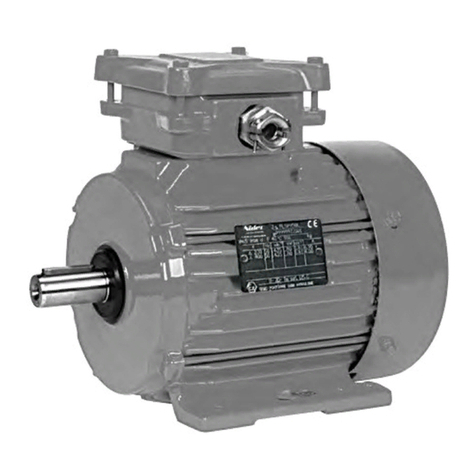
Nidec
Nidec LEROY-SOMER LSPX Series Commissioning and maintenance guide
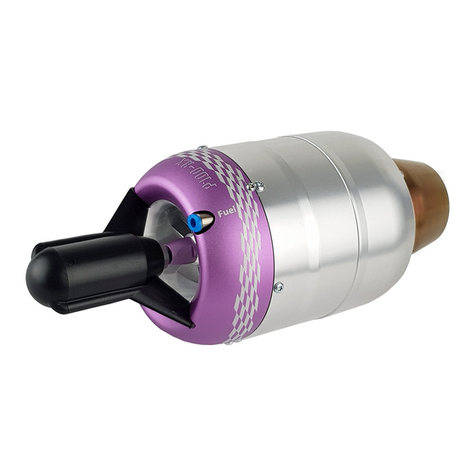
JetCat
JetCat RX Series manual

Subaru
Subaru EA190V Service manual
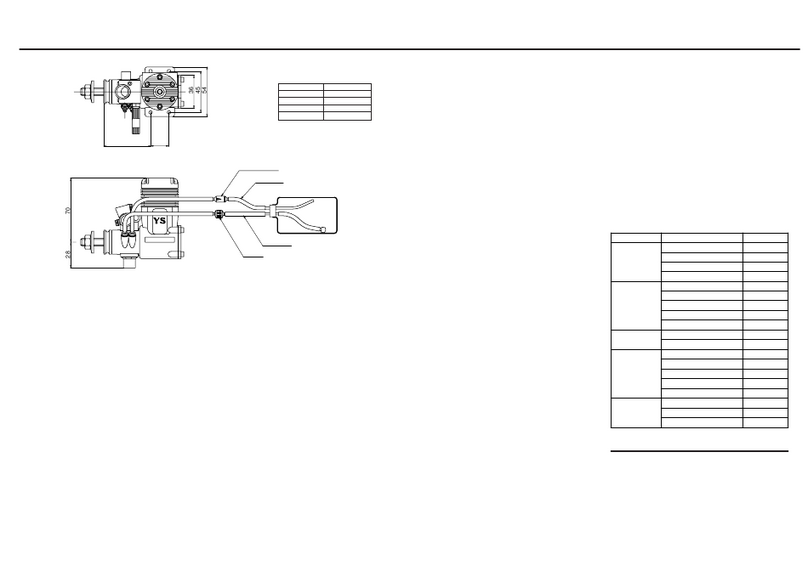
YS Performance
YS Performance YS45FS Operator's manual

Crestron
Crestron DGE-100 product manual
